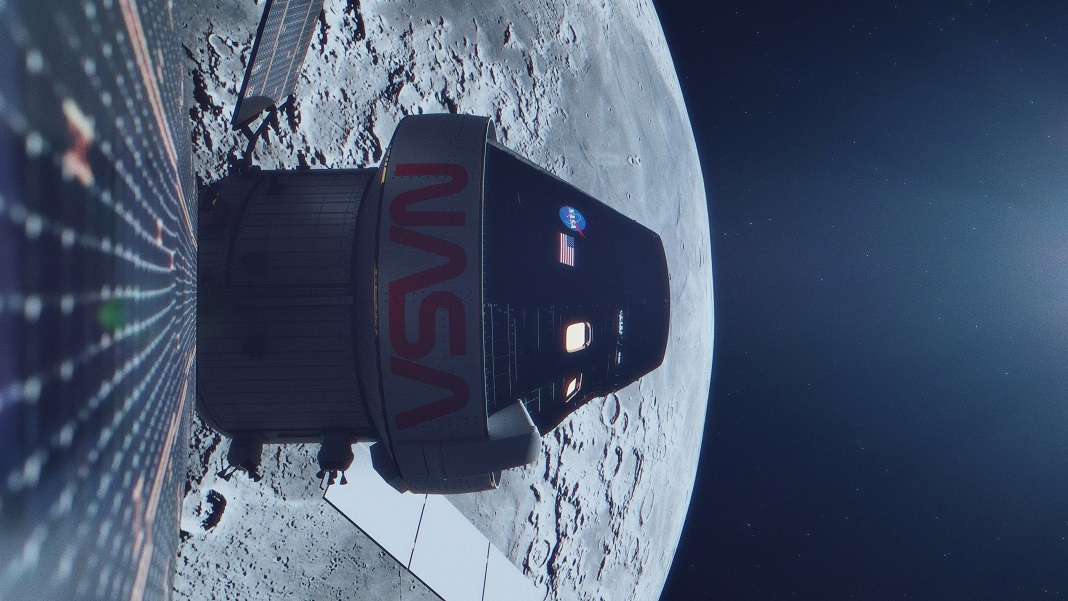


In 2024, NASA will launch two astronauts on another Orion spacecraft on the Artemis II mission. "We’re going to be up to our ears in data, thankfully," the NASA administrator said moments after splashdown. With the Artemis 1 mission complete, NASA engineers will begin the task at hand combing through all the data from the mission and examining the spacecraft to see how it did on the maiden voyage. Artemis I was a major step forward as part of NASA’s lunar exploration efforts and sets the stage for the next mission of the Space Launch System rocket and Orion to fly crew around the Moon on Artemis II. Orion made two close flybys of the moon, reaching about 80 miles from the lunar surface and capturing beautiful detail of lunar craters. As Orion completed its final flyby, the spacecraft cameras captured Earth rising on the horizon.
#Orion artemis nasa series
Engineers worked to troubleshoot some communication and power issues but overall said those were learning curves to flying a new spacecraft.Ī series of cameras inside and outside Orion offered breathtaking views of the lunar surface and Earth.ĭuring the first flyby of the moon, Orion zoomed past the far side of the moon facing away from Earth and continued on surpassing the Apollo 13 distance record.īefore heading back to Earth, Orion made its final close approach to the moon, traveling around 4,800 mph as it swept by the far side of the lunar surface. Throughout the mission, NASA managers said Orion performed above expectations for a first flight.

The Space Launch System rocket launch began Orion's journey traveling farther than any other vehicle designed to carry humans, reaching 270,000 from Earth. The recovery teams will bring Orion back to the USS Portland ship, where it will be brought back to the port at San Diego, California, before heading back to Kennedy Space Center in Florida. Navy and NASA teams were there in the Pacific Ocean off the coast of Mexico waiting for Orion to splash down from its nearly 26-day mission. As Orion plunged through Earth’s atmosphere, it used a series of parachutes to slow down.Īfter the splashdown, the spacecraft could be seen bobbing up and down in the Pacific Ocean. "That headshield had to work and it did beautifully," Nelson said.įrom start to finish, Orion was moving at 25,000 mph and ultimately slowed to a gentle splash in the Pacific Ocean. The "moment of truth for Orion" was a key objective in the Artemis 1 test flight, proving whether the spacecraft heat shield could protect future astronauts returning home from the moon. Artemis I Flight Day 20: Orion Conducts Return Powered Flyby On Dec. Navias described the re-entry conditions as "hellish" as Orion’s heat shield needs to withstand 5,000 degrees Fahrenheit, temperatures about half as hot as the outer surface of the sun. Using a method known as "skip entry," Orion dipped into the upper part of Earth’s atmosphere and then, like a stone skipping on water, jumped back out before the final descent. Here is the moment that Artemis I launched. LIFTOFF! Artemis I launches from Florida to the moonĪfter a number of delays, NASA's Artemis I mission successfully launched from Cape Canaveral early Wednesday morning.


 0 kommentar(er)
0 kommentar(er)
